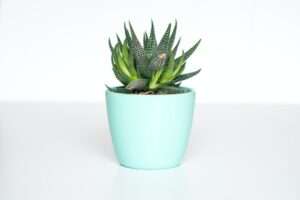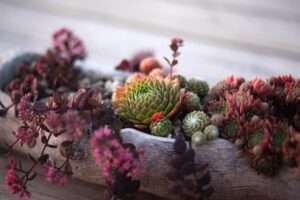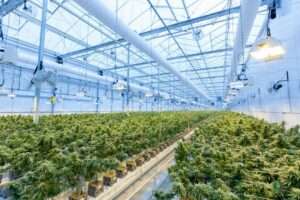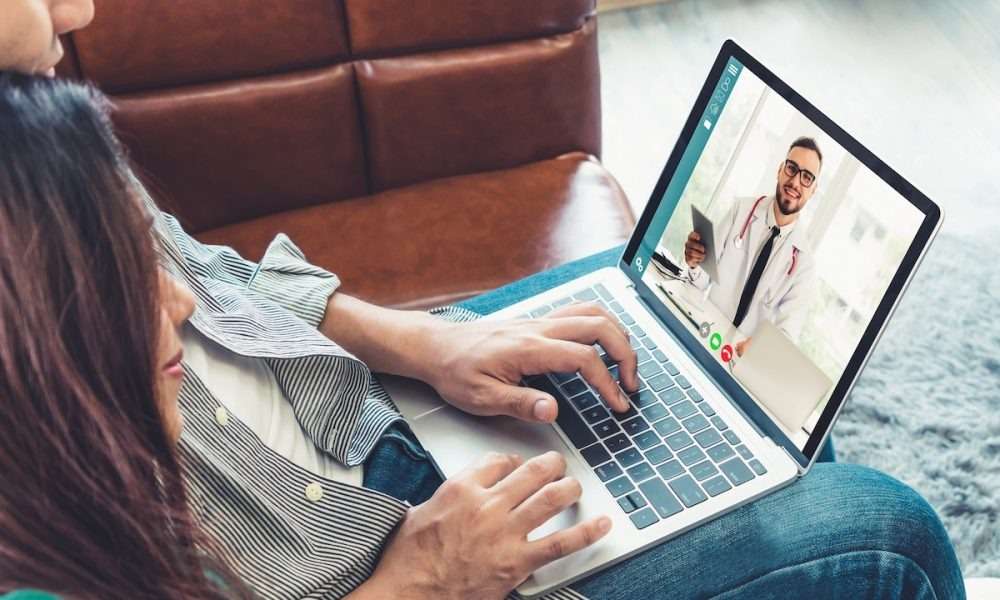Succulents are a type of plant that have adapted to survive in arid environments by storing water in their leaves, stems, and roots. They are known for their thick, fleshy leaves and ability to withstand long periods of drought. These unique characteristics make succulents a popular choice for indoor and outdoor gardens.
Humidity, on the other hand, refers to the amount of moisture present in the air. It plays a crucial role in plant growth and development, as it affects the rate of water absorption and transpiration. Understanding the relationship between succulents and humidity is essential for successfully growing these plants.
The Role of Humidity in Succulent Growth and Survival
Humidity plays a significant role in succulent growth and survival. Succulents have evolved to thrive in low-humidity environments, where water is scarce. Their ability to store water allows them to survive long periods without rainfall. However, this also means that they are not well-suited for high-humidity environments.
In high-humidity environments, succulents may struggle to absorb water efficiently. The excess moisture in the air can prevent water from evaporating from their leaves, leading to root rot and other fungal diseases. Additionally, high humidity can promote the growth of mold and mildew, which can also be detrimental to succulents.
How Succulents Adapt to Different Humidity Levels
Succulents have natural adaptations that allow them to survive in different humidity levels. In low-humidity environments, succulents have developed thick, waxy leaves that help reduce water loss through evaporation. These leaves also have a smaller surface area compared to other plants, which further reduces water loss.
In high-humidity environments, succulents may develop thinner leaves or even shed their leaves altogether. This helps them reduce the surface area exposed to the moisture in the air, preventing excessive water absorption. Some succulents also have specialized structures, such as spines or hairs, that help them collect and direct water towards their roots.
Succulents are also capable of adjusting to changes in humidity levels. When exposed to high humidity, they can temporarily close their stomata, which are tiny openings on the surface of their leaves that allow for gas exchange. This helps reduce water loss and prevent excessive moisture absorption.
The Ideal Humidity Range for Succulent Growth
While succulents are adapted to low-humidity environments, they still require some level of moisture in the air to thrive. The ideal humidity range for succulent growth is typically between 30% and 50%. This range provides enough moisture for the plants to absorb water efficiently without risking root rot or fungal diseases.
Measuring humidity levels in indoor and outdoor environments can be done using a hygrometer, which is a device that measures relative humidity. It is important to monitor humidity levels regularly, as they can fluctuate throughout the day and between different seasons.
Factors That Affect Humidity Levels in Indoor and Outdoor Environments
Several factors can affect humidity levels in both indoor and outdoor environments. Temperature is one of the main factors that influence humidity. Warmer temperatures can increase the rate of evaporation, leading to lower humidity levels. On the other hand, cooler temperatures can reduce evaporation and result in higher humidity levels.
Air circulation also plays a role in humidity levels. Poor air circulation can trap moisture in an area, leading to higher humidity levels. In contrast, good air circulation can help dissipate moisture and lower humidity levels.
Other environmental factors, such as proximity to bodies of water or the presence of plants that release moisture into the air through transpiration, can also affect humidity levels.
Controlling humidity levels in different environments can be challenging but not impossible. In indoor environments, using dehumidifiers or air conditioners can help lower humidity levels. Opening windows or using fans can increase air circulation and reduce humidity as well.
In outdoor environments, planting succulents in well-draining soil and providing adequate spacing between plants can help prevent excessive moisture retention. Additionally, avoiding overwatering and providing proper drainage can also help maintain optimal humidity levels for succulent growth.
Common Mistakes to Avoid When Growing Succulents in Humid Climates
When growing succulents in high-humidity environments, there are several common mistakes that should be avoided to promote healthy growth. One of the most common mistakes is overwatering. Succulents are adapted to survive in arid conditions and do not require frequent watering. Overwatering can lead to root rot and other fungal diseases.
Another mistake is planting succulents in soil that retains too much moisture. Succulents require well-draining soil to prevent waterlogged roots. Using a mixture of potting soil and perlite or sand can help improve drainage.
Additionally, placing succulents in areas with poor air circulation can also contribute to high humidity levels around the plants. It is important to provide adequate spacing between plants and ensure that they are not overcrowded.
Tips for Growing Succulents in High-Humidity Environments
Growing succulents in high-humidity environments can be challenging, but with the right care, it is possible to have thriving plants. Here are some practical tips for growing succulents in humid climates:
1. Choose the right succulent varieties: Some succulent varieties are more tolerant of high humidity than others. Look for varieties that are known for their ability to withstand moisture, such as Sempervivum, Sedum, or Echeveria.
2. Provide proper drainage: Ensure that your succulents are planted in well-draining soil and pots with drainage holes. This will help prevent waterlogged roots and reduce the risk of root rot.
3. Water sparingly: Succulents do not require frequent watering, especially in high-humidity environments. Allow the soil to dry out completely between waterings to prevent overwatering.
4. Increase air circulation: Place your succulents in areas with good air circulation, such as near open windows or fans. This will help dissipate moisture and reduce humidity levels around the plants.
5. Use a dehumidifier: If indoor humidity levels are consistently high, consider using a dehumidifier to lower the moisture in the air. This can help create a more suitable environment for succulent growth.
Best Succulent Varieties for Humid Climates
While succulents are generally not well-suited for high-humidity environments, some varieties are more tolerant of moisture than others. Here are some of the best succulent varieties for humid climates:
1. Sempervivum: Also known as hens and chicks, Sempervivum is a hardy succulent that can tolerate higher humidity levels.
2. Sedum: Sedums are versatile succulents that come in a variety of shapes and sizes. Many Sedum varieties can tolerate higher humidity levels.
3. Echeveria: Echeverias are popular succulents known for their rosette-shaped leaves. They can tolerate moderate humidity levels but may struggle in extremely humid conditions.
4. Crassula: Crassulas are another group of succulents that can tolerate higher humidity levels. They come in a variety of shapes and sizes, making them a versatile choice for humid climates.
When choosing succulents for humid climates, it is important to consider their specific needs and adaptability to moisture.
How to Protect Succulents from Excessive Humidity and Moisture
While succulents have natural adaptations to survive in low-humidity environments, they can still be susceptible to damage from excessive humidity and moisture. Here are some tips for protecting succulents in high-humidity environments:
1. Avoid overwatering: As mentioned earlier, succulents do not require frequent watering. Overwatering can lead to root rot and other fungal diseases. Allow the soil to dry out completely between waterings.
2. Provide proper drainage: Ensure that your succulents are planted in well-draining soil and pots with drainage holes. This will help prevent waterlogged roots and reduce the risk of root rot.
3. Use a fan or increase air circulation: Place a fan near your succulents or provide good air circulation in the area where they are located. This will help dissipate moisture and reduce humidity levels around the plants.
4. Protect from rain: If growing succulents outdoors in a humid climate, consider providing some protection from rain. This can be done by placing them under a covered patio or using a canopy or umbrella to shield them from excessive moisture.
Conclusion: Balancing Humidity and Succulent Care for Optimal Growth and Health
Balancing humidity levels with other aspects of succulent care is crucial for promoting optimal growth and health. While succulents are adapted to low-humidity environments, they still require some level of moisture in the air to thrive.
Understanding the role of humidity in succulent growth and survival is essential for successfully growing these plants. By choosing the right succulent varieties, providing proper drainage, and controlling humidity levels through watering practices and air circulation, it is possible to grow healthy succulents even in high-humidity environments.
Remember to monitor humidity levels regularly and make adjustments as needed to create a suitable environment for your succulents. With proper care and attention, you can enjoy the beauty of these unique plants in any climate.
If you’re a succulent enthusiast, you know that humidity plays a crucial role in their care. To learn more about how to create the perfect humidity levels for your succulents, check out this informative article on GirlsGist.com. It provides valuable insights and tips on maintaining the right moisture balance for your plants. Don’t miss out on this helpful resource! Click here to read the article now.

















Add Comment